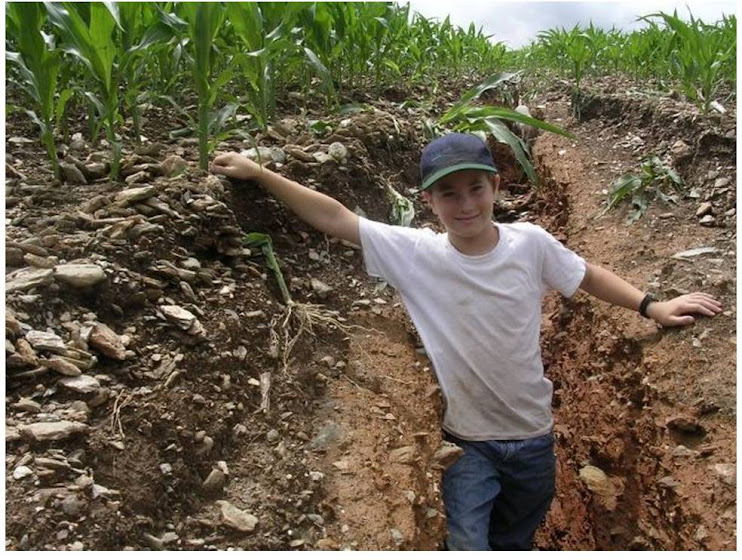The definition below is from the N.C.Board of Licensing Soil Scientists
Soil Science deals with soils as an environmental resource. It includes soil characterization, classification, and mapping, and the physical, chemical, hydrologic, mineralogical, biological, and microbiological analysis of soil. The practice of soil science means any service or work, the adequate performance of which requires education in the physical, chemical, and biological sciences, as well as soil science; training and experience in the application of special knowledge of these sciences to the use and management of soil by accepted principles and methods; and investigation, evaluation, and consultation; and in which to performance if related to the public welfare by safeguarding like, health, property and the environment. Practice of soil science includes, but is not limited to investigating and evaluating the interactions between water, soil minerals, plants and other living organisms that are used to prepare soil scientists’ reports for; subsurface ground absorption systems, including infiltration galleries; land application of residuals such as sludge, septage, and other wastes; spray irrigation of wastewater; soil remediation at conventional rates; land application of agricultural products; processing residues, bioremediation, and volatilization; soil erodibility and sedimentation; and identification of hydric soil and redoximorphic features.
Did you know that .......?
......there is more life below the soil surface than there is above.
......1 tablespoon of soil has about 50 billion microbes.
......soil microbes have key roles in nutrient cycling.
......there are 5,000 to 7,000 different species of bacteria in one gram of soil.
......the total living matter in an acre of soil ranges from 5,000 to 20,000 pounds.
......earthworms eat soil to get the organic materials in it. The rest passes through them.
......each year, 15 tons of dry soil per acre pass through earthworms.
......about 42 centuries ago, the Chinese used a soil map to determine taxation amounts.
......soil provide 4,000 gallons of water to grow one bushel of corn; for wheat 11,000 gallons.
......soil is synonymous to the word ‘earth’, the word from which our planet derives its name.
......soil can holds 1,700 tons of water per acre, reducing the risk of floods.
......soils store 10% of global carbon dioxide emissions.
......1 tablespoon of soil has about 50 billion microbes.
......soil microbes have key roles in nutrient cycling.
......there are 5,000 to 7,000 different species of bacteria in one gram of soil.
......the total living matter in an acre of soil ranges from 5,000 to 20,000 pounds.
......earthworms eat soil to get the organic materials in it. The rest passes through them.
......each year, 15 tons of dry soil per acre pass through earthworms.
......about 42 centuries ago, the Chinese used a soil map to determine taxation amounts.
......soil provide 4,000 gallons of water to grow one bushel of corn; for wheat 11,000 gallons.
......soil is synonymous to the word ‘earth’, the word from which our planet derives its name.
......soil can holds 1,700 tons of water per acre, reducing the risk of floods.
......soils store 10% of global carbon dioxide emissions.



